If you have an older computer lying around that you want to bring back to life or prefer using lightweight Linux distributions for their speed and efficiency, then this article is for you.
You can undoubtedly find a viable distro to meet your needs, but with so many Linux distributions out there, deciding which one to choose can be overwhelming. That’s why we’ve compiled a list of the 10 best lightweight Linux distributions for older hardware.
These Linux distributions are perfect for resurrecting older computers or for running on modern hardware where you want to maximize system resources.
Whether you’re looking for a simple and minimalistic desktop environment or a fully-featured Linux operating system with all the bells and whistles, there is something on this list for everyone.
So without further ado, let’s dive into the reviews of the 10 best lightweight Linux distributions for older hardware.
10 Best Linux Distributions for Older Computers
Linux offers incredible diversity in terms of the number of distros available, which is why you will find the best easy-to-use Linux distros for beginners or the best rolling-release distributions for those enthusiastic about automatic updates.
Of course, you can also find various lightweight models to use on your hardware. These are some of the incredible options that meet this criterion.
1. Lubuntu
Lubuntu is a lightweight and fast Linux distribution based on Ubuntu, which was first released in October 2010 and continues to undergo development by a community of contributors.
Lubuntu comes with the LXQt desktop environment, designed to be simple and easy to use, which also includes pre-installed software such as the Firefox web browser, the VLC media player, and the LibreOffice suite.
Lubuntu uses the Debian package management system, which allows you to easily install, remove, and update software.
One of the unique features of Lubuntu is its low system requirements, making it an ideal choice for older computers or machines with limited hardware resources. Lubuntu also focuses on energy efficiency, which can be helpful in laptops and other portable devices.
Lubuntu is ideal for users who want a lightweight and fast operating system that is easy to use and doesn’t require a lot of system resources. It’s also a good choice for those who prefer a simple, minimalistic desktop environment.
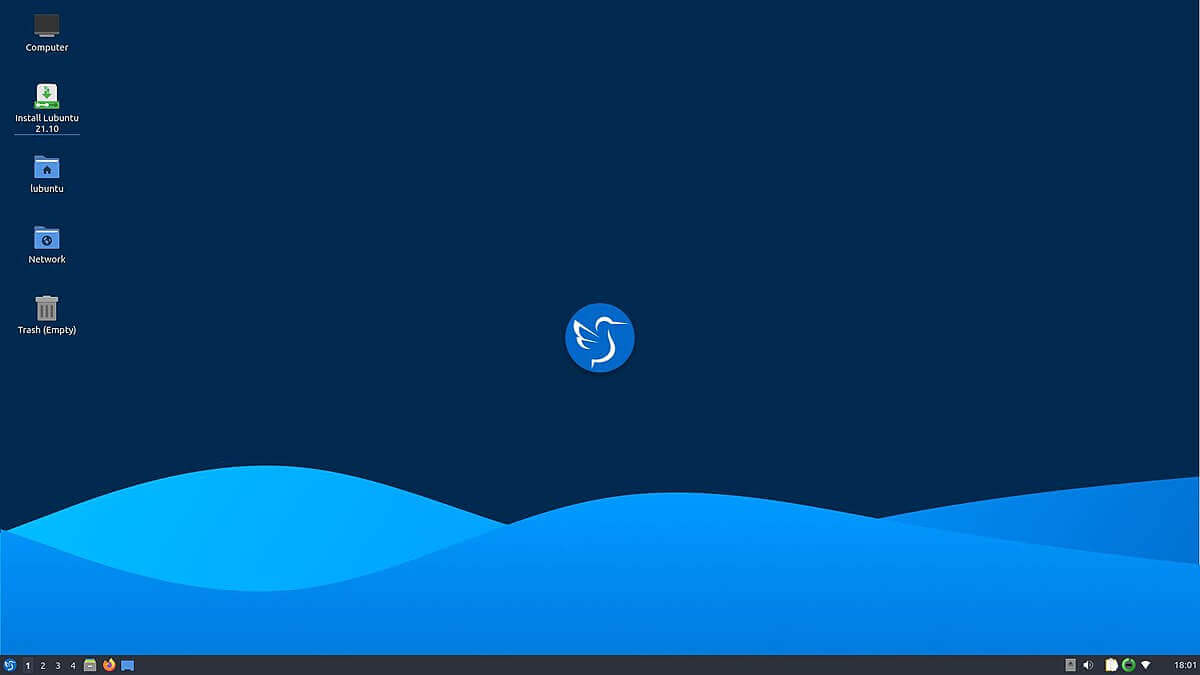
With Lubuntu, you can enjoy a modern, up-to-date system running smoothly on your older hardware. The interface is easy to navigate and customize, and plenty of resources and support are available online if you need help.
Lubuntu is an excellent choice if you are looking for a fast and reliable Linux distribution for older hardware.
2. Xubuntu
Xubuntu is a Linux distribution based on Ubuntu that uses the Xfce desktop environment instead of GNOME. Xubuntu’s first official stand-alone release was version 6.06 long-term support (LTS), made available on June 1, 2006, and released by volunteers and contributors from around the world.
Xubuntu has its software management system called the Ubuntu Software Center, which allows users to browse and install applications from a centralized repository. It also has a package manager called Synaptic, which provides more advanced features for managing software packages.
Xubuntu has several notable features that make it unique compared to other Linux distributions. One of these features is its lightweight design, which makes it ideal for older computers or computers with limited resources.
Another feature is its customization options – users can easily change the appearance of their desktop by choosing different themes and icons.
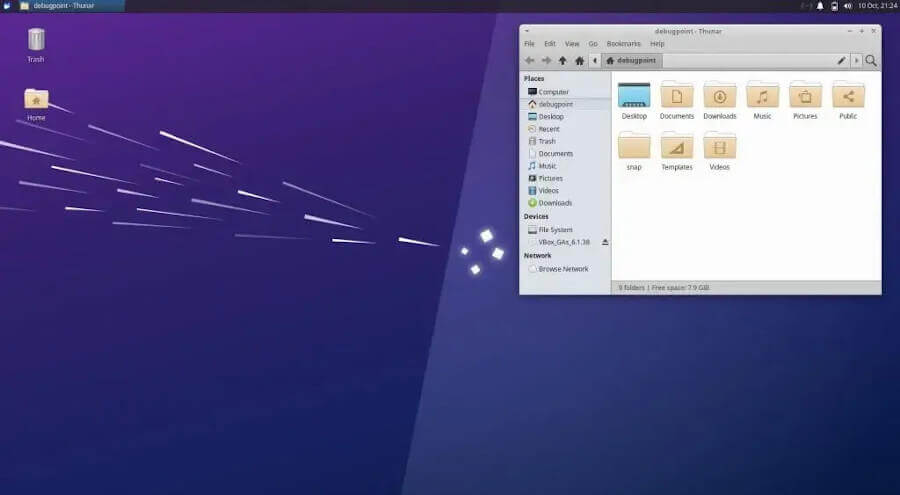
Xubuntu is ideal for users who want a lightweight and customizable operating system that is easy to use. It is also suitable for users who prefer open-source software and want access to an extensive repository of free applications.
Overall, Xubuntu provides a solid, stable, elegant desktop experience that lets users get work done efficiently without unnecessary flash or bling.
3. Puppy Linux
Puppy Linux is a small, lightweight operating system and family of Linux distributions focusing on ease of use and minimal memory footprint.
It was first released in June 2003 by Barry Kauler, who started Puppy Linux in response to other distributions becoming stricter on system requirements over time.
Kauler, Larry Short, Mick Amadio, and the Puppy community continue to spearhead the development of this distribution.
Puppy Linux uses its package management system, the Puppy Package Manager (PPM), which presents traditional tarballs as pet packages.
PET is the package management and extension variation to Debian/Ubuntu-based systems. However, PPM continues to support .pkg.tar.gz (Arch), .deb (Debian), .tgz (Slackware), and .pet.
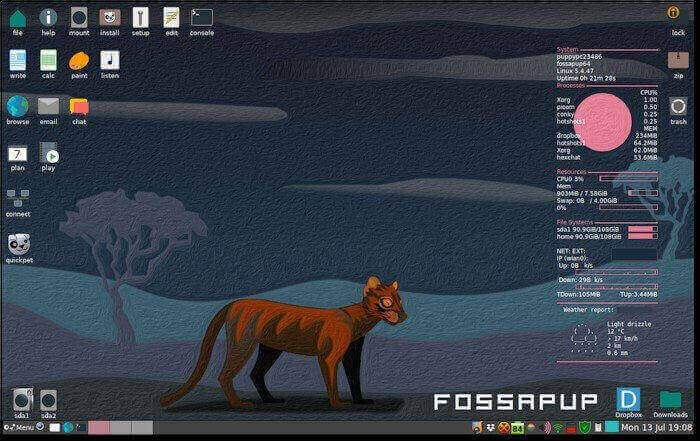
Puppy Linux’s special features include its small size, portability, and ability to run entirely in RAM without needing a hard drive installation. It also includes a variety of pre-installed applications such as web browsers, media players, word processors, and image editors.
Puppy Linux is ideal for users who want a lightweight operating system that you can run on older hardware or use on USB drives or CDs as a portable operating system.
It is also suitable for users who want an easy-to-use operating system with pre-installed applications that are immediately usable without additional software installations.
4. antiX
antiX is a Linux distribution that dates back to 2007, which is a fast, lightweight, and easy-to-install system-free live CD distribution based on Debian Stable for Intel-AMD x86 compatible systems.
antiX offers users the “antiX Magic” in an environment suitable for old and new computers. It focuses on providing users with an easy-to-use, fast, and accessible operating system.
One of the unique features of antiX is its live-usb technology. By 2009, the developers foresaw that USB flash drives would be the future wave for live Linux. Since then, they have been refining their live-usb technology to improve the live-usb experience and find new and unique ways to use fast read-net.
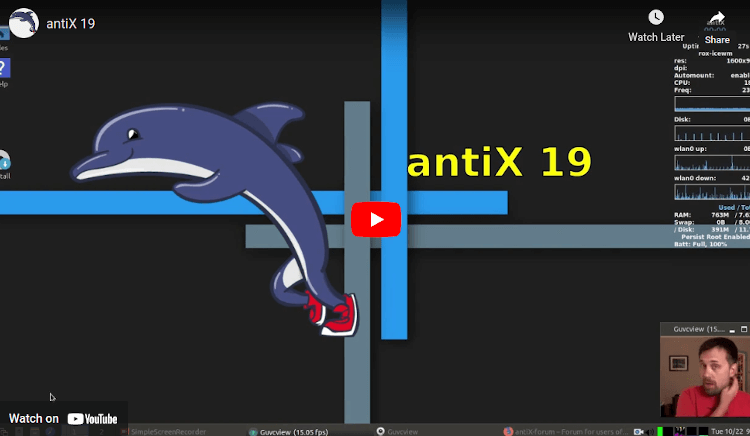
antiX comes with Xfce as the default desktop environment, which is a lightweight desktop environment for UNIX-like operating systems.
It aims to be fast and low on system resources while remaining visually appealing and user-friendly. antiX also has three ways of accessing system menus, which remains one of its favorite “desktop” features.
antiX is ideal for anyone who wants a fast, lightweight Linux distribution that can run over very low resources. It is optimized for older systems as well as modern ones.
Visitor reviews on DistroWatch.com highly recommend antiX for many users who are looking for an easy-to-use, fast, and accessible OS that can run on old computers as well as modern ones.
5. Bodhi Linux
Bodhi Linux is a lightweight and minimalist Linux distribution that was first released in 2011 by Jeff Hoogland and the Bodhi Linux team.
Bodhi Linux uses the Enlightenment desktop environment that features a highly customizable and visually appealing design. It includes a variety of pre-installed software such as the Firefox web browser, the Leafpad text editor, and the Terminology terminal emulator. Bodhi Linux uses the Debian package management system, which allows you to easily install, remove, and update software.
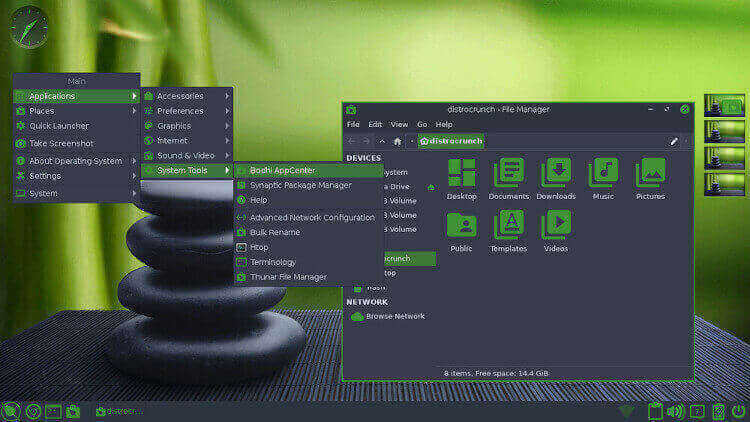
One of the unique features of Bodhi Linux is its focus on simplicity and efficiency. It is designed to be lightweight and fast, making it an ideal choice for older computers or machines with limited hardware resources. Bodhi Linux also includes the Moksha desktop, a fork of the Enlightenment desktop that offers additional customization options.
Bodhi Linux is ideal for users who want a minimalist and highly customizable operating system that is easy to use and doesn’t require a lot of system resources. It’s also a good choice for those who prefer a unique and visually appealing desktop environment.
6. MX Linux
MX Linux is a popular midweight desktop-oriented distribution that aims to be fast, low-resource, attractive, and user-friendly, which is based on Debian stable and uses core antiX components with additional software created or packaged by the MX community.
MX Linux was first released in 2014 as a collaborative venture between Antix, a fast and lightweight Debian-based Linux distribution, and former MEPIS communities.
MX Linux offers several unique features that augment the native Xfce configuration. These features include live maintenance tools, setup software utilities, menu editing tools like menulibre, snapshot management, system updates, cleanup, job scheduling, boot repair, disk management, codec installation, and user management.
The operating system is stable and secure, with extensive documentation for various scenarios available. A large community is happy to help with questions or errors.
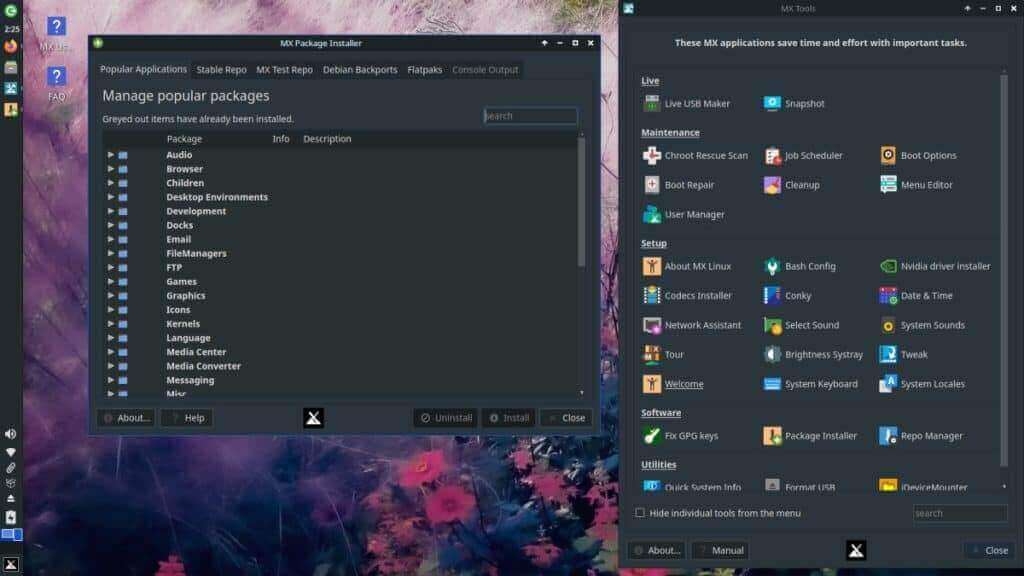
MX Linux has an old-school look and feel but includes plenty of tools you need to be productive out of the box. It is ideal for anyone looking for a desktop operating system with an ideal balance between performance and ease of use. MX Linux 21 is the latest release based on Debian 11 ‘BullsEye.’
It is available in 32-bit and 64-bit for XFCE and Fluxbox editions and 64-bit for KDE Plasma.
7. Peppermint OS
Peppermint OS is a lightweight Lubuntu-based Linux operating system that uses the LXDE desktop environment and is based on Lubuntu. It was first released on June 20, 2010, with Peppermint Ice as its default browser and a blue and black theme to distinguish it from Peppermint One.
Peppermint Two was released on June 10, 2011, combining aspects from the two previous editions and packaging Chromium as its default browser alongside the Ice application for creating Site Specific Browsers.
The latest version of Peppermint OS is Peppermint Six, which delivers speed whether using software on your desktop, online, or cloud-based apps.
Peppermint OS is designed for speed and uses a few native applications for everyday tasks such as word processing and image editing, it ships with the custom Ice application to allow users to create site-specific browsers (SSBs). It also has a traditional desktop interface that integrates cloud and local applications.
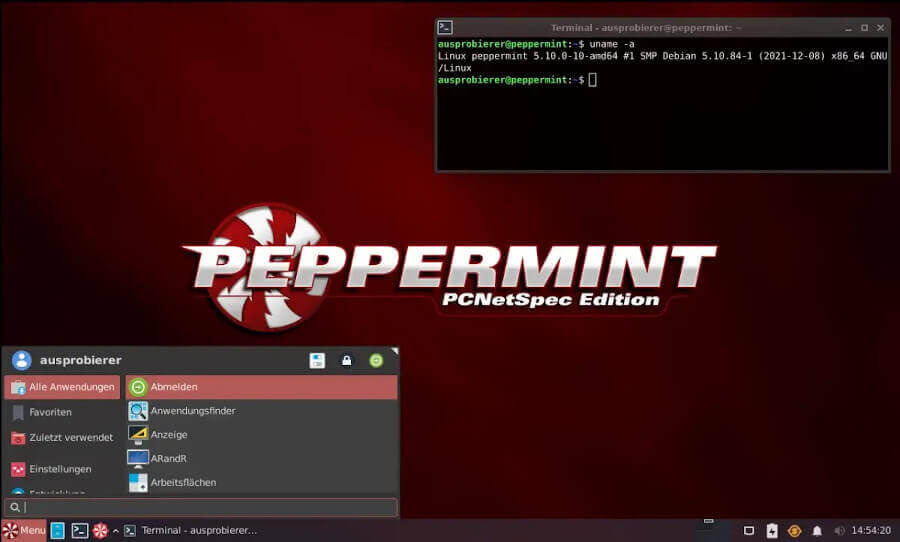
The music player is now the system default in Peppermint Six, while the additional LXKeymap makes it easier to switch between keyboard layouts.
Peppermint OS’s hybrid operating system uses both desktop and cloud technology. It aims to provide a familiar environment for newcomers to Linux while elevating cloud computing by combining the two technologies.
According to co-founder Shane Remington, Peppermint OS has between 8 and 10 million active users. Its special features include its custom Ice application for creating SSBs and integrating both cloud and local applications. It is ideal for those who want a lightweight operating system combining desktop and cloud technology.
8. CrunchBang++
CrunchBang++ is a Linux distribution first released in 2015 by Philip Newborough, a former developer of the original CrunchBang Linux distribution.
CrunchBang++ is based on Debian and uses the Openbox window manager, designed to be lightweight and highly customizable. It includes various pre-installed software such as the Firefox web browser, the Thunar file manager, and the Geany text editor. CrunchBang++ uses the Debian package management system, which allows you to easily install, remove, and update software.
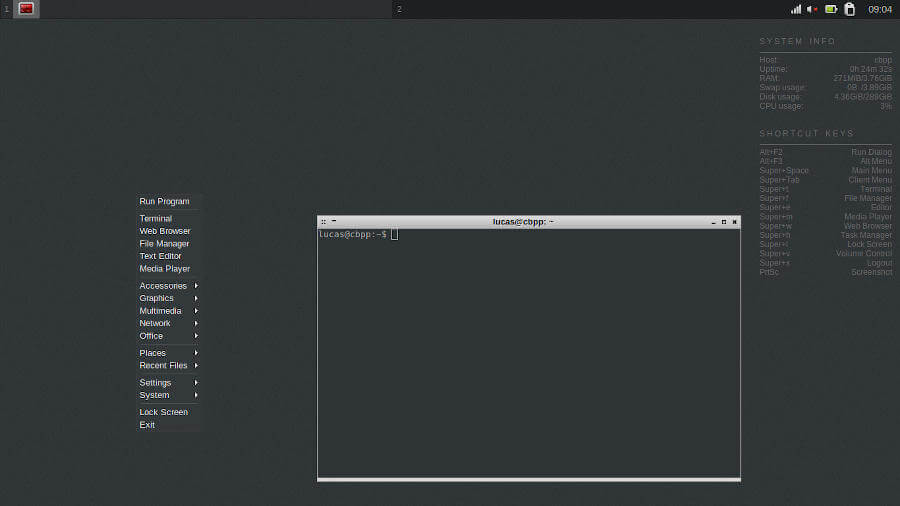
One of the unique features of CrunchBang++ is its focus on minimalism and efficiency. It is fast and lightweight, making it an ideal choice for older computers or machines with limited hardware resources. CrunchBang++ also includes the Conky system monitor, which displays system information on the desktop.
CrunchBang++ is ideal for users who want a minimalistic and highly customizable operating system that is easy to use and doesn’t require a lot of system resources. It’s also a good choice for those who prefer a simple and efficient desktop environment.
However, since CrunchBang++ is no longer actively developed, users may consider alternative distributions that are more up-to-date and receive regular security updates.
9. Tiny Core Linux
Tiny Core Linux is a kernel-based Linux operating system that focuses on providing a base system using BusyBox and FLTK, which was first released in 2009 by Robert Shingledecker, who also developed the Damn Small Linux (DSL) distribution.
TCL is a small, fast, and efficient distro, which can be copied into RAM, making it very lightweight. It does not require installation; it can run as a live distro from a USB drive or CD-ROM.
TCL has a unique software management system called “tcz” packages, which are compressed archives that contain all the necessary files for an application to run. They can be downloaded and installed immediately without any dependencies or configuration files. TCL also has its package manager called “tce,” which allows users to download and install applications from the Tiny Core repository.
TCL’s most significant feature is its size, which is only 16 MB, making it one of the smallest Linux distributions available. This makes it ideal for running on older hardware or embedded systems with limited resources. TCL includes a desktop environment called FLWM, which provides basic graphical applications needed to get started with the operating system.
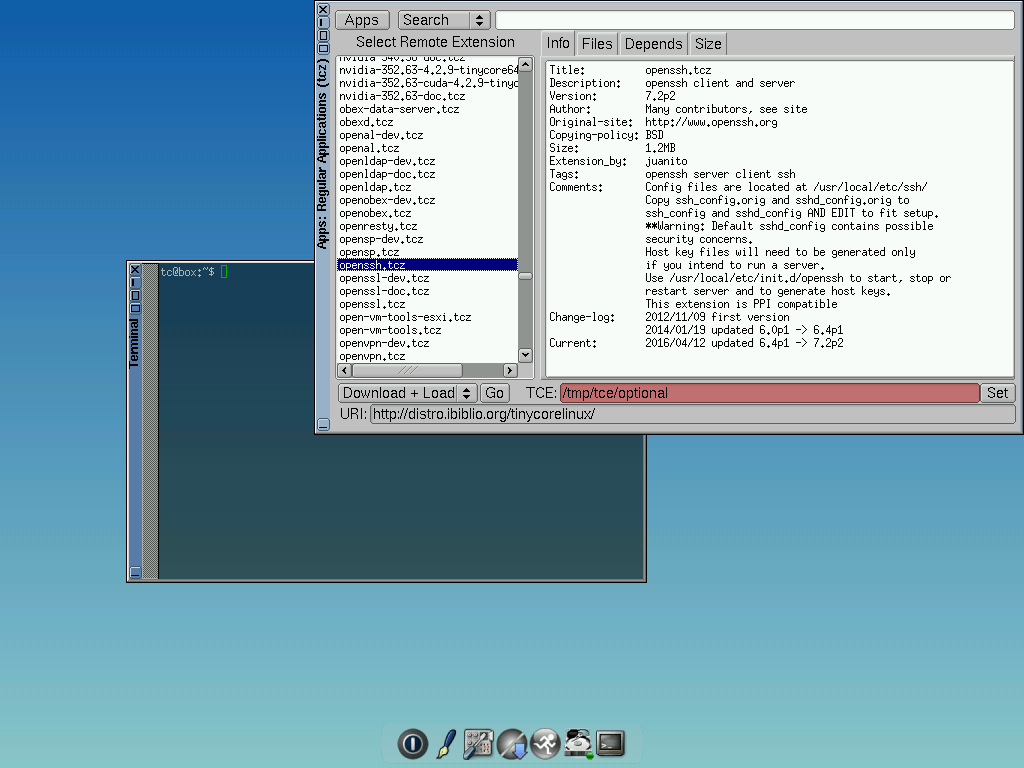
Other versions of TCL available include additional window managers such as JWM, IceWM, Fluxbox, Hackedbox, and Openbox. TCL is ideal for experienced Linux developers and tinkerers who want to build projects using a minimalistic base system like CorePlus-6.2.iso (77.0MB).
However, TinyCore (16 MB) is suitable for new users with a wired network connection who want to try out TCL’s features without hassle. A spirit of tinkering is advised but not necessary when using TCL.
10. Porteus
Porteus is a lightweight and portable Linux distribution first released in 2011 by Fanthom, a former developer of the Slax Linux distribution.
You can use Porteus from a USB drive or a CD/DVD, making it a highly portable and customizable operating system. It includes various pre-installed software such as the Firefox web browser, the LibreOffice suite, and the VLC media player. Porteus uses the Slackware package management system, which allows you to easily install, remove, and update software.
One of the unique features of Porteus is its flexibility and customizability. It comes with the Porteus Module Manager, which allows you to add or remove modules (packages) to customize the system to your liking. Porteus also includes the Porteus Kiosk, a specialized version of the distribution designed for public spaces and kiosks.
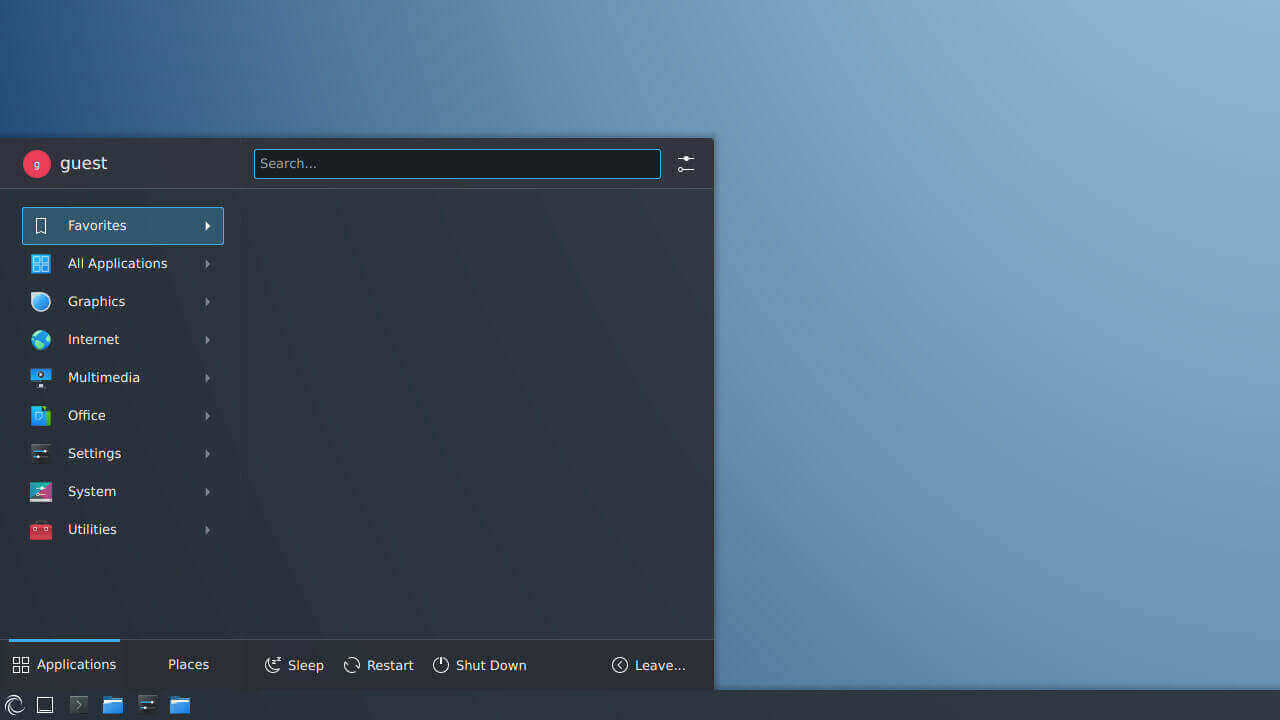
Porteus is ideal for users who want a portable and customizable operating system that can run from a USB drive or a CD/DVD. It’s also a good choice for those who prefer a minimalist and fast desktop environment.
Conclusion
If you have an older computer lying around or prefer using lightweight Linux distributions, then the distributions we have reviewed in this article are a great place to start. From the minimalistic and lightweight Puppy Linux to the more fully-featured and robust Lubuntu, there is something on this list for everyone.
When choosing a lightweight Linux distribution for older hardware, it’s essential to consider factors such as system requirements, ease of use, and available applications. Considering these factors, we hope this article has provided the information you need to choose the best lightweight Linux distribution for your older hardware.
